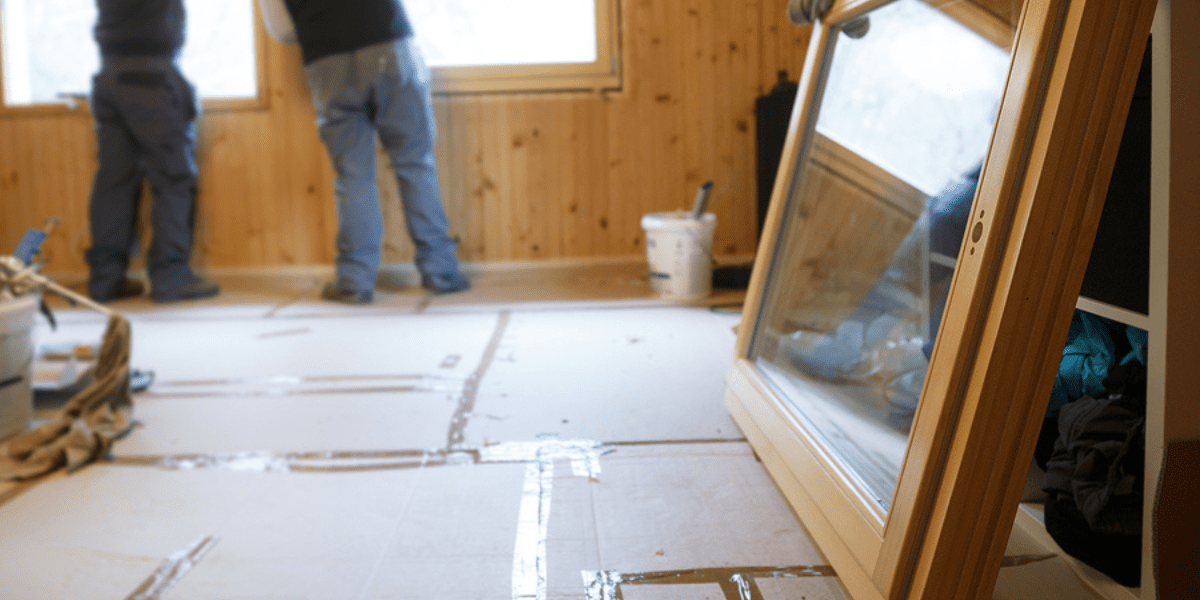For property placed in service after December 31, 2015, the PATH Act creates a new category of 39-year property subject to bonus depreciation called Qualified Improvement Property (QIP). Nonresidential property improvements can take advantage of a shorter recovery period and new tax savings opportunity through QIP.
What is Qualified Improvement Property?
Qualified Improvement Property consists of any improvement to an interior portion of a building that is nonresidential real property, as long as the improvement was placed in service after the building was placed in service by the taxpayer.
Interior component improvements to common areas in multi-tenant buildings, in an owner-occupied building, or tenant improvements in a building less than three-years old may be eligible for bonus depreciation as QIP even though they have 39-year recovery periods. There are “common area” restrictions to consider such as costs for the enlargement of a building, elevators, escalators, and the internal structural framework of a building.
How does QIP differ from QLI?
QIP is similar to Qualified Leasehold Improvements (QLI), except that QIP:
- Is not restricted to expenditures pursuant to a lease between non-related parties
- Can be owner occupied
- Does not have the three-year waiting period requirement before the expenditure is eligible for bonus depreciation – provides tax planning opportunities for expenditures of newer buildings
The PATH Act extended bonus depreciation through 2019 for property other than certain longer-lived and transportation property. Bonus depreciation is 50% through 2017, 40% in 2018 and 30% in 2019.
With year-end rapidly approaching, this is a great opportunity to review your newly added fixed asset additions or contact an Anders advisor about the benefits of placing in service new additions to take advantage of this shorter recovery period and new tax savings opportunity.




